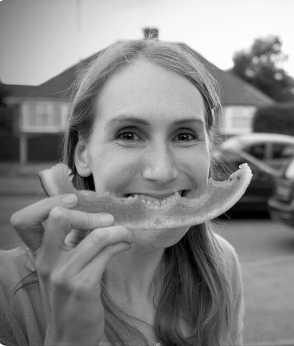Using Sodium Hydroxide
- Metal cations in aqueous solution can be identified by the colour of the precipitate they form on addition of sodium hydroxide
- Precipitates are insoluble solids products formed in the reaction of two solutions.
- Precipitates can be a variety of colours, which are used to identify the metal cation present
- Some precipitates re-dissolve when excess sodium hydroxide is added and some do not
- If only a small amount of NaOH is used then normally the metal hydroxide precipitates
- During the practical testing just a few drops of NaOH are added at first and very slowly
- If it is added too quickly and the precipitate is soluble in excess, then you run the risk of missing the formation of the initial precipitate which dissolves as quickly as it forms if excess solution is added
- Once the colour of a precipitate is identified the NaOH is then added in excess and the reaction is observed again
- Some metal ions give white precipitates: however Ca2+ and Mg2+ ions can be distinguished from Zn2+ and Al3+ as calcium hydroxide and magnesium hydroxide precipitates do not dissolve in excess NaOH but zinc hydroxide and aluminium hydroxide do re-dissolve
- These ions could be further tested using flame tests to establish identity
- Most transition metals produce hydroxides with distinctive colours, such as the blue of copper (II) hydroxide, the green of iron (II) hydroxide and the orange-brown of the iron (III) precipitate

Exam Tip
Be sure to distinguish between the term “colourless” and “clear”.
A solution that loses its colour has become colourless. A clear solution is one that you can see through, regardless of the colour. Solutions can be clear and have colour e.g: dilute copper sulphate.
When describing colours, stick to the basic colours, such as green (not 'moss' or 'grass' coloured!)

